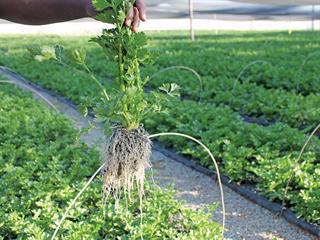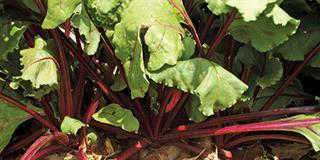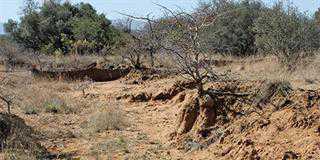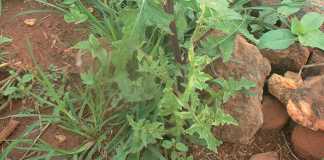
As with leeks, celery is mainly associated with peak demand in winter, when it is used in soups. Unlike leeks, it has also become more popular in many other dishes including salads. It enjoys more of a year-round demand than leeks.
Celery does not do well in extreme climates. Too much frost and it will burn; too much heat and it will also suffer. A mild climate and an organically rich soil are ideal.
In South Africa, we distinguish between table celery and soup celery varieties. Soup varieties are more spreading and the leaves are used in soups. But these have been almost entirely replaced by more upright, taller-growing varieties, with the outer leaves and trimmings effectively used as a by-product for soup packs.
Celery seed is minute and it’s not worth trying to grow seedlings unless on a large scale and with the correct facilities. When starting off, it’s safer to entrust this to a professional seedling producer. Ensure that the seed is disease-free.
Cattle manure or compost with a sufficient mineral balance in the soil is essential. Celery is susceptible to eelworm, so make sure that an eelworm-susceptible crop previously grown on the land was eelworm-free (as determined by examining at harvest).
Fortunately, the conditions required for good celery production are also ideal for natural soil organisms that control eelworm.
Planting
Space the plants 18cm to 20cm apart in the rows and with 35cm inter-row spacing. Celery prefers moist soil and its rather shallow, concentrated root system must be considered by applying frequent, light irrigation.
The amount of LAN applied as side-dressing will depend on the soil’s condition and organic status; rather over-apply than under-apply. Watch the leaf colour and condition: the growth should be lush and lustrous with rather dark outer leaves.
Pests include some caterpillars, aphids and whiteflies. The latter are usually more of a problem when producing under cover. Use modern insecticides that target celery pests and don’t harm the insect predators that control these pests.
Important diseases include sclerotinia and various leaf spots. Leaf spots are difficult to control on the open land during rainy weather, so get expert advice as soon as the first symptoms appear.
Marketing
Celery is usually marketed in plastic sleeves, with the roots and some outer leaves trimmed. The trimmed leaves are often used in soup packs.
In some countries, celery is blanched by wrapping thick paper around the plants with just the upper leaves exposed a short while before harvesting. This makes the stalks lighter coloured with a milder flavour. In South Africa this practice is fortunately not required, saving a lot of effort. Our market accepts the stronger flavour.













